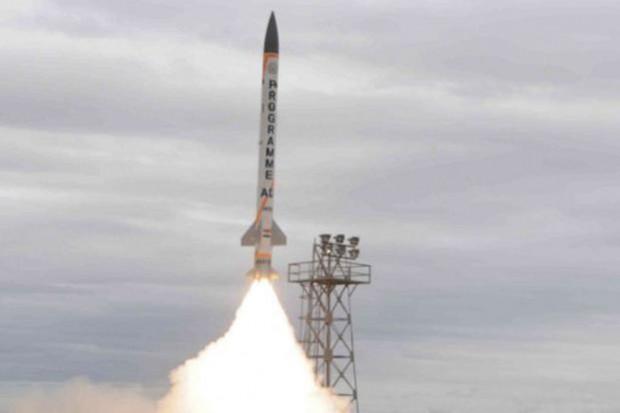
India's deterrence capabilities got a major boost as the first phase of one of its most ambitious Ballistic Missile Defence (BMD) programme has completed. However, the formal nod for the actual deployment of the active missile is yet to be received. The Print has reported that the final nod could be granted 'anytime soon'. In the first phase, Delhi and Mumbai will be guarded by the ballistic missile defence system.
One of the top defence sources told the publiation: "The phase one of the Ballistic Missile Defence programmes has been completed. We have deployed two indigenous long-range radars as part of the programme. As and when we get an all-clear from the government, the specific missiles will be deployed." Sources have further added that the development team had made necessary arrangement for ensuring that the missiles were produced as per the requirement.
The two radars deployed in the ballistic systems are being manufactured in India. Swordfish is one of the radars which is an active electronically scanned array (AESA) long-range tracking radar specifically developed to counter the incoming ballistic missile threat. The radar has drawn its features from Israeli Green Pine long-range radar, which is the crucial component of its Arrow missile defence system.
![India successfully test-fired its nuclear-capable Agni-IV ballistic missile with a strike range of over 4000 km from Wheeler Island off Odisha . [Representational Image] Agni-IV ballistic missile](https://data1.ibtimes.co.in/en/full/548518/agni-iv-ballistic-missile.jpg?h=450&l=50&t=40)
Interestingly, India kicked off its Ballistic Missile Defence (BMD) programme in 1999 after Pakistan conducted its first nuclear test. BMD functions on two levels -- endo-atmospheric (within Earth's atmosphere) and exo-atmospheric (the space stretching beyond the Earth's atmosphere). The two phases are developed in such a way that phase one destroys the incoming missiles at endo-atmospheric level, while phase two does the same function in exo-atmospheric level.
In its BMD arsenal, India has a Prithvi Air Defence (PAD) missile to engage and destroy the incoming missile at a range of 80km in altitude and an Advanced Air Defence (AAD) missile for altitudes of 15-25 km. It was in November 2006 that India for the first time tested its BMD system when a Prithvi-II missile was successfully intercepted by the PAD at an altitude of about 48 km.

















